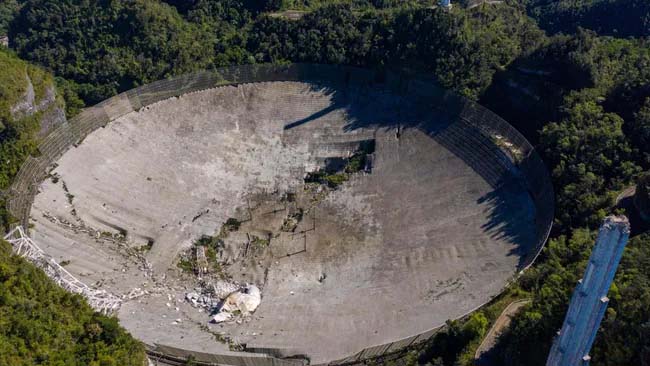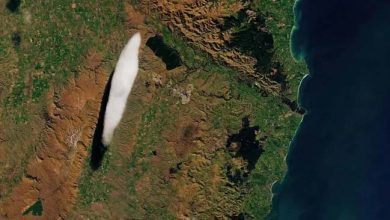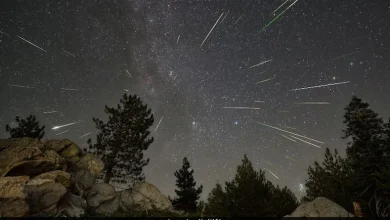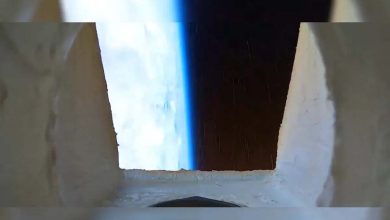4 years after the giant Arecibo Observatory collapsed, we finally know…

Science: What do the discovery of a binary pulsar in 1974, the discovery of the first exoplanet, and the most powerful message ever sent by humans into space all have in common? They all took place at the Arecibo Observatory in Puerto Rico. With a circular reflector dish measuring 305 meters (about 1,000 feet) in diameter, Arecibo held the title of the world’s largest radio telescope for more than half a century – from its construction in 1963 until 2016. It was a great disappointment to astronomers around the world that in 2020, Arecibo’s reflector dish collapsed when support cables snapped, forcing the eventual shutdown of one of science’s most useful tools.
Shortly after the decommissioning, the National Science Foundation and the University of Central Florida launched an investigation into the primary causes of the collapse – and after nearly four years of investigation, the committee tasked with finding an explanation has finally released an official report detailing its findings. “After analyzing the data and conducting an extensive and detailed forensic investigation commissioned by the University of Central Florida and the National Science Foundation (NSF), the committee’s consensus is that the root cause of the Arecibo telescope’s collapse was unprecedented and long-term zinc creep-induced failure of the telescope’s cable spelter sockets.” The report elaborates that the telescope’s structural failure likely began in 2017 when Hurricane Maria struck the observatory, which “subjected the Arecibo telescope to winds of between 105 and 118 mph … Hurricane Maria’s winds subjected the Arecibo telescope’s cables to the highest structural stress they had ever endured since its opening in 1963.” According to the report, inspections were conducted after the storm, but no significant damage was deemed to threaten the telescope’s structural integrity. Nevertheless, repairs were ordered — yet these repairs were delayed for years. And, as the investigation states, they were “targeted toward the replacement of components and a main cable that never ultimately failed,” which suggests that the repairs would not have prevented the eventual collapse of the observatory’s reflector dish even if they had not been delayed.





